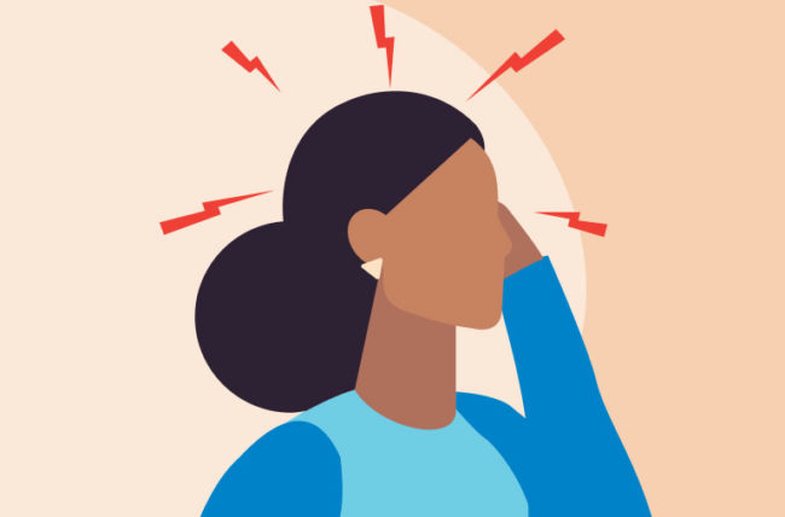
While Omicron is spreading rapidly around the world, it has become clear that some of the symptoms of Omicron are different from those of previous variants of Covid-19. People are reporting less loss of taste and smell and more cold-like symptoms and there is one symptom in particular that continues to show up in people infected with Omicron: headaches.
Early data from the UK published in BMJ rank headache as one of the most common symptoms of Omicron, along with runny nose and fatigue.
Data from the Washington State Department of Health released last week shows how common headaches are for people infected with Omicron: 65% of patients reported having headaches, making it the most common symptom. common detected.
Why Omicron can cause headaches? It is important to note that headache is not a new symptom of Covid-19. The Centers for Disease Control and Prevention (CDC) cites headache as one of the most common symptoms of Covid-19. Other symptoms include: fever and chills, cough, shortness of breath and difficulty breathing, fatigue, muscle or body aches, loss of sense of smell and / or taste, vomiting or nausea, diarrhea.
How is the headache from Omicron? Headache is a fairly broad term that can range from a minor pain to migraine. By Dr. William Schaffner, an infectious disease specialist, told Prevention that the headache from Omicron is "more likely to be frontal", meaning you will probably feel it on the front of the head rather than the back.
- Covid loses 90% of its ability to infect within 20 minutes in the air, the study says
- Dry throat: Causes, symptoms and treatment
- Omicron could infect 50% of Europeans in the next two months, says WHO
- Omicron is 105% more transmissible than Delta, according to a study
- Omicron is 'killing people' and should not be called 'easy', WHO warns





